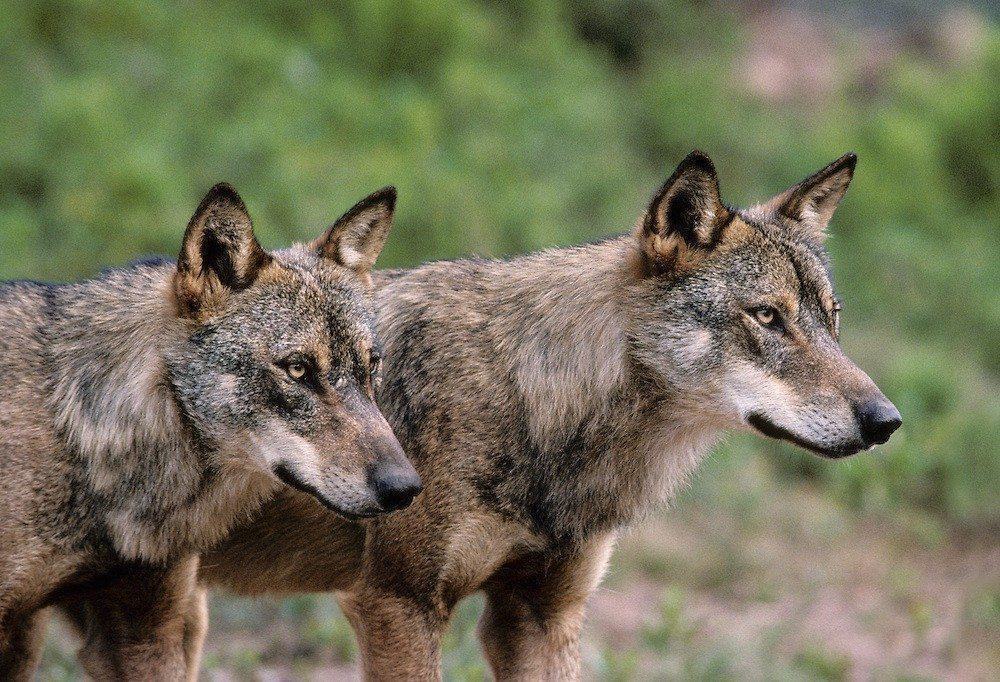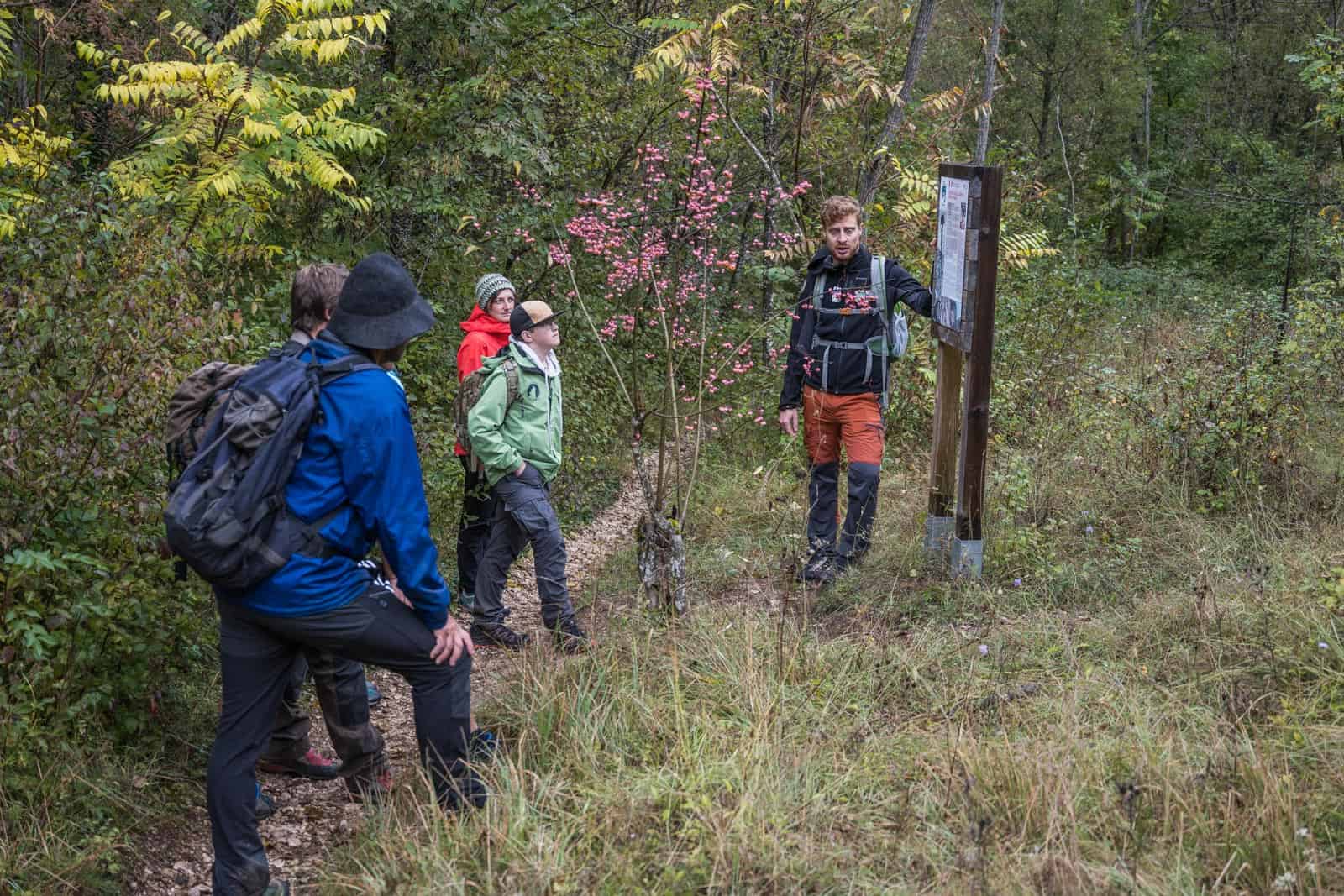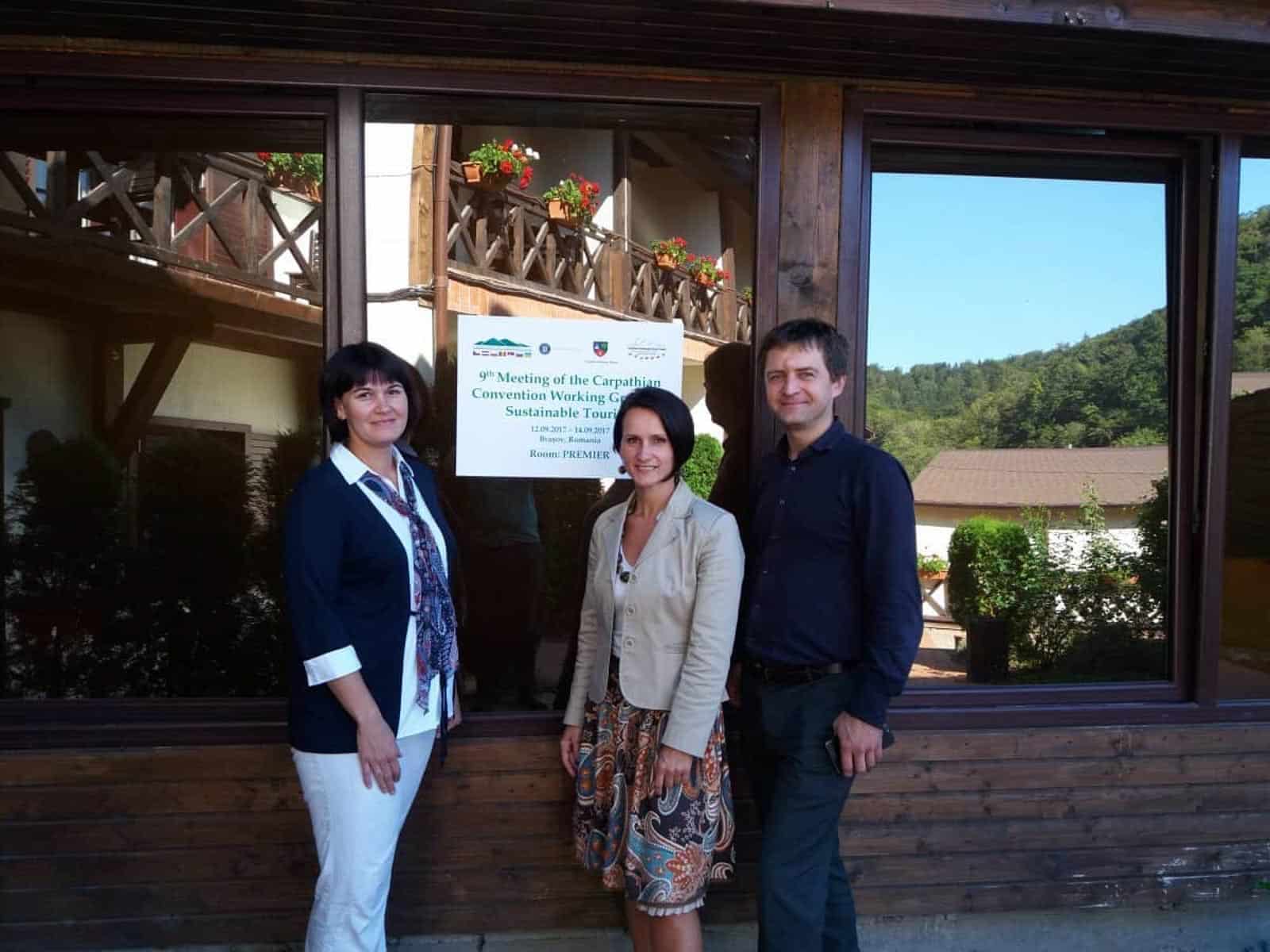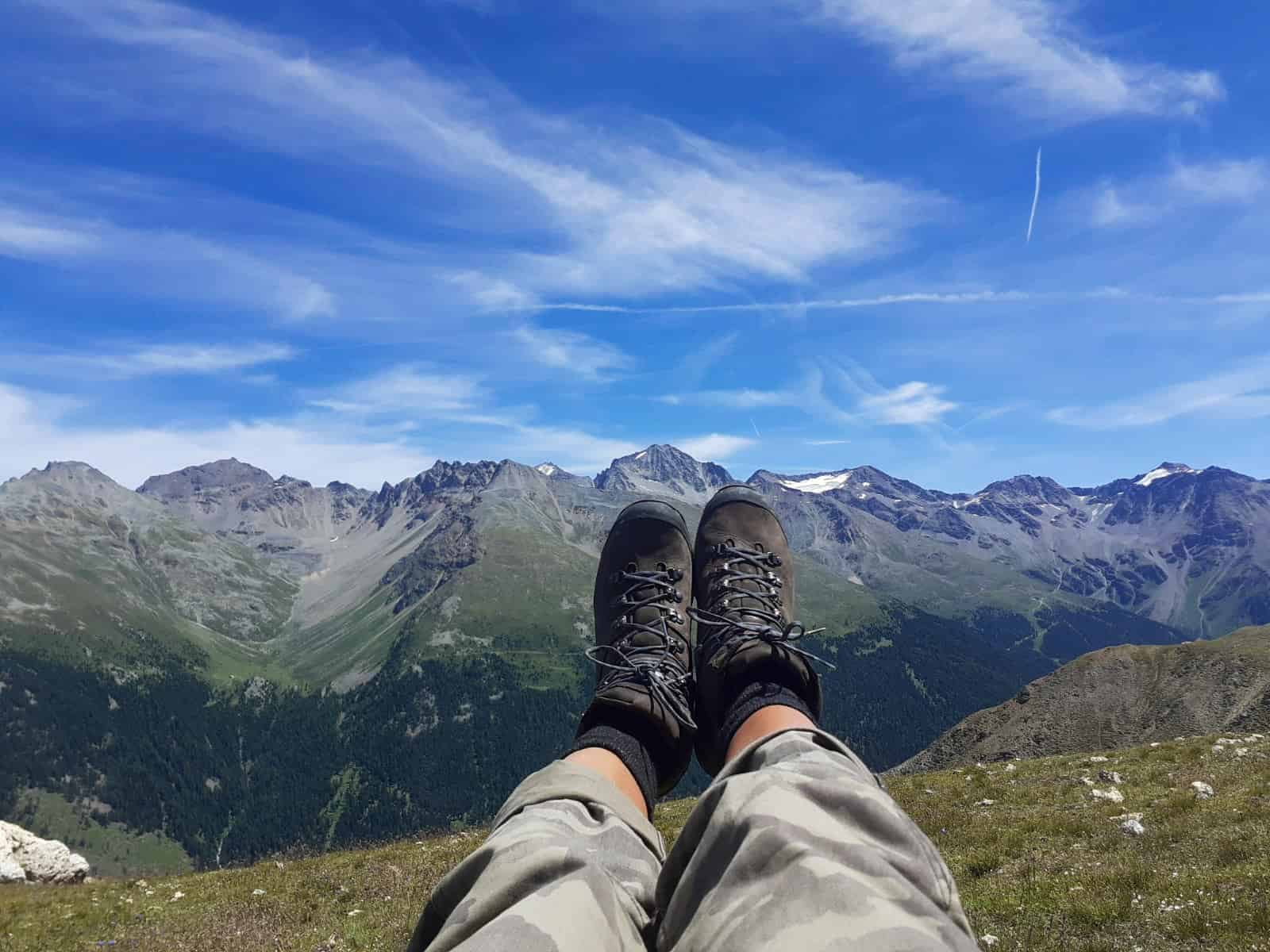Backcountry adventures: Nature calls
This is the first part of a two-part article. Check here for some tips on an environmentally friendly trip to the backcountry.
The closure of many ski resorts and lifts across Europe has opened up new avenues of exploration to winter sport enthusiasts. All across the continent, from the Scottish Highlands to Alpe d’Huez, an increasing number of people are starting to explore the backcountry, areas away from marked ski slopes and resorts, with their ski touring equipment, split boards and snow shoes. Before going into the backcountry, experts widely advise those going out to study maps, check the avalanche and weather reports, and check their equipment before embarking on their adventure. Despite backcountry touring being classed as a sustainable activity, people surprisingly forget to consider their impact on nature while taking part in this activity.
Please also read: Have ski resorts reached their expiration date?
Perceptions of backcountry touring
As opposed to downhill skiing, backcountry activities are not dependent on energy intensive infrastructure. Therefore, there is no need for lifts and snow cannons which require enormous amounts of electricity. Backcountry exploration presents another way to explore nature. Unlike snow sports in resorts, many people believe going into the backcountry allows for nature exploration in a purer form. Despite this opinion, backcountry touring is still a form of consuming nature. However, this consumption of nature places a greater focus on the natural setting itself. Usually, you would set off with the aim of tackling one mountain, with the ultimate aim of reaching the summit. This comes with all the challenges and joys along the way, such as tackling the steep gradients as well as enjoying the well deserved views. On the contrary, some people may pay less attention to the terrain and natural beauty when skiing within ski resorts.
Visiting natural areas that are less oft frequented also comes with great responsibility. Owing to a lower human impact, wildlife tends to be more abundant in backcountry areas. While this provides a seemingly boundless experience to connect with nature during the winter months, it also means tourers are at a high risk of disturbing nature.
Peace with nature
The mountains are no gym. Instead, backcountry tours take place right in the middle of homes, the homes of wild animals and plants. Mountains areas generally have fragile ecosystems with limited carrying capacities, making them highly susceptible to any stress. Human activity in the backcountry are thus a stress factor for wildlife, flora and fauna alike. While journeying through the backcountry, some may travel across protected areas and inescapably enter areas which serve as havens for wildlife.
From the perspective of wildlife, the unpredictability of backcountry tourers can disrupt their rhythm of life considerably. Usually, animals shut down in winter but when disturbed by a tourer, they have to tap into vital reserves in order to escape a perceived threat. Particular examples from the Alps include that of the ptarmigan and black grouse. During the winter months, they shelter in small snow caves just a few centimetres under the snow surface. Unfortunately, this leaves them vulnerable to being frightened by backcountry tourers, resulting in them digging into their energy reserves to flee towards the valley. Even more importantly, the black grouse is an umbrella species in some alpine areas. This means that protecting them also helps indirect protect other species such as other birds, butterflies and plants. Care thus needs to be taken to cause as little disturbance to this fragile landscape.
In Sweden, a study found that human presence in the backcountry was resulting in the behaviour change of moose. Consequently, the moose would temporarily relocate to another area. While this was fine for fit moose, weaker individuals suffered from this unnecessary use of energy, sometimes resulting in death. All in all, backcountry tourers must take all these risks into consideration and make sure to reduce their likelihood of causing changes in habitat and forage use of wildlife populations.
Facing up to the challenges
Backcountry touring is a challenging activity, not just physically, but also technically and mentally. While it may seem like an after-thought, taking care of nature should always be a priority when planning trips into the backcountry. When humans venture into nature, they should also respect nature.
This is the first part of a two-part article. Check here for some tips on an environmentally friendly trip to the backcountry.








